Demand – The quantity of a product/service that will be bought, for the price it is for sale at
(Pronounced duh-mand)
To remember what demand means use the following mnemonic:
"I demand (demand) you buy this product," said the sales person, but the quantity she sold at that price was zero.

The general law of demand is that the cheaper a product is, the more product/service you will sell.
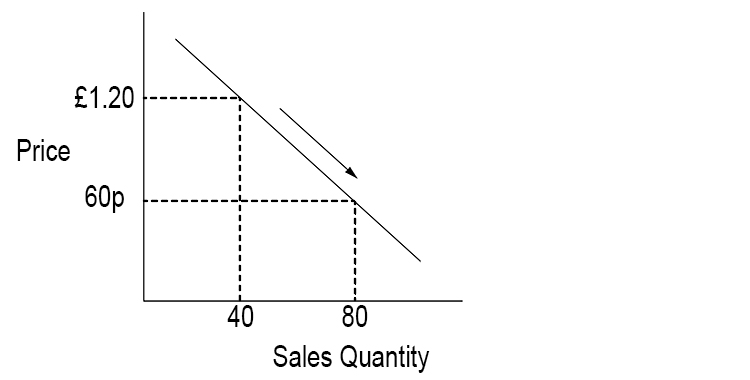
However, there are also a number of factors that can influence the demand for a product or service even when the price is the same.
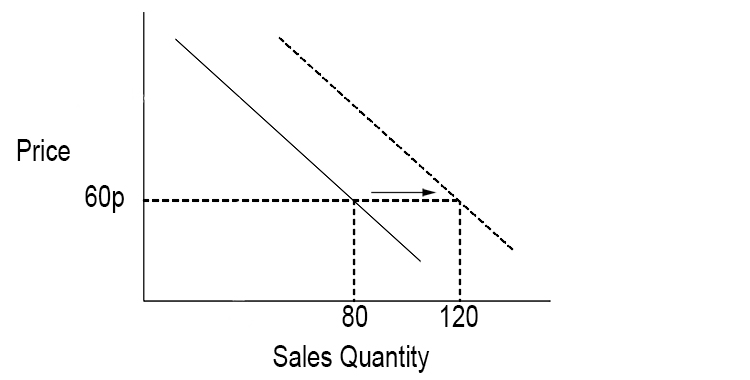
These factors include:
Competition (substitute goods)
If the competition suddenly reduces the price of a similar product, you will experience a fall in demand.
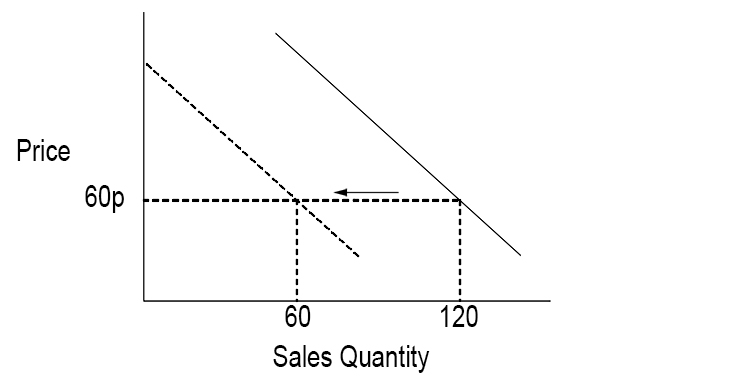
Income levels
If your product is sold in an area which has higher income levels and it is a fashionable item (not of necessity) your product or service is likely to experience higher sales.
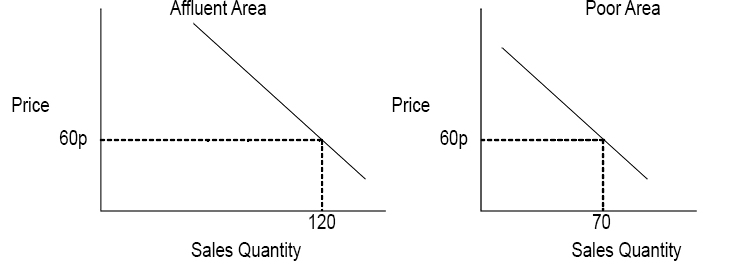
Fashions and technology
If your product becomes technologically out of date or unfashionable, this will have a detrimental effect on the quantity sold, even at the same price.
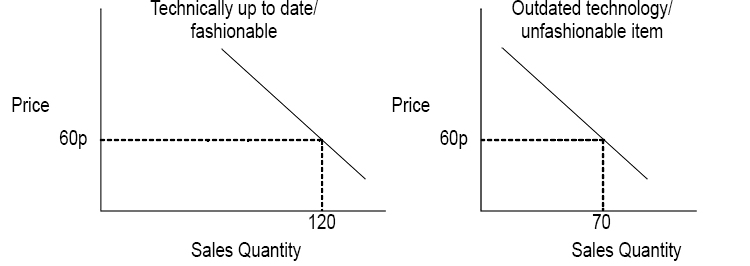
Seasonality and weather
Depending on the time of year, different quantities will be sold even at the same price. Easter eggs, fireworks or Christmas tree baubles are very seasonal products and their sales figures are greatly affected by the time of year.
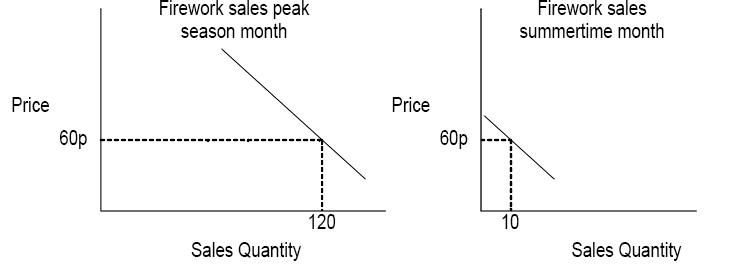
Other factors that can shift the demand for a product include:
- Advertising – Letting people know that there is such a product and that it is desirable.
- Credit facilities – If banks become more willing to lend money at cheaper rates, people will spend more money.
- Changes in income tax – If a government of a country reduces income tax, people in that country will spend more often as they will have more disposable income.
- Change of complementary goods – If the price of DVD players reduces massively, this would cause an increase in the demand for DVDs.
Businesses can use demand analysis to help them make decisions about pricing, production and marketing. By understanding the factors that affect demand, businesses can make better decisions that will help them be more successful.




